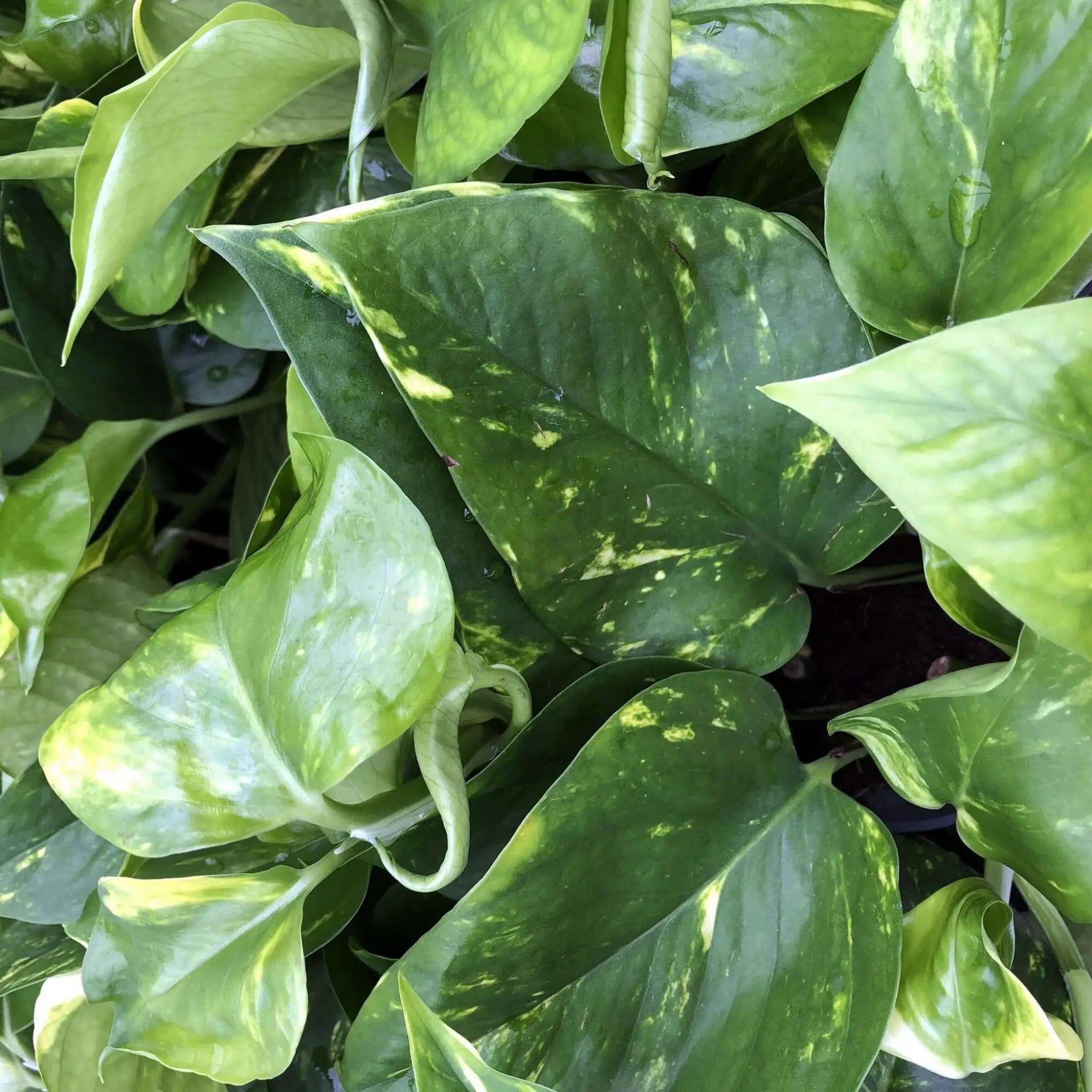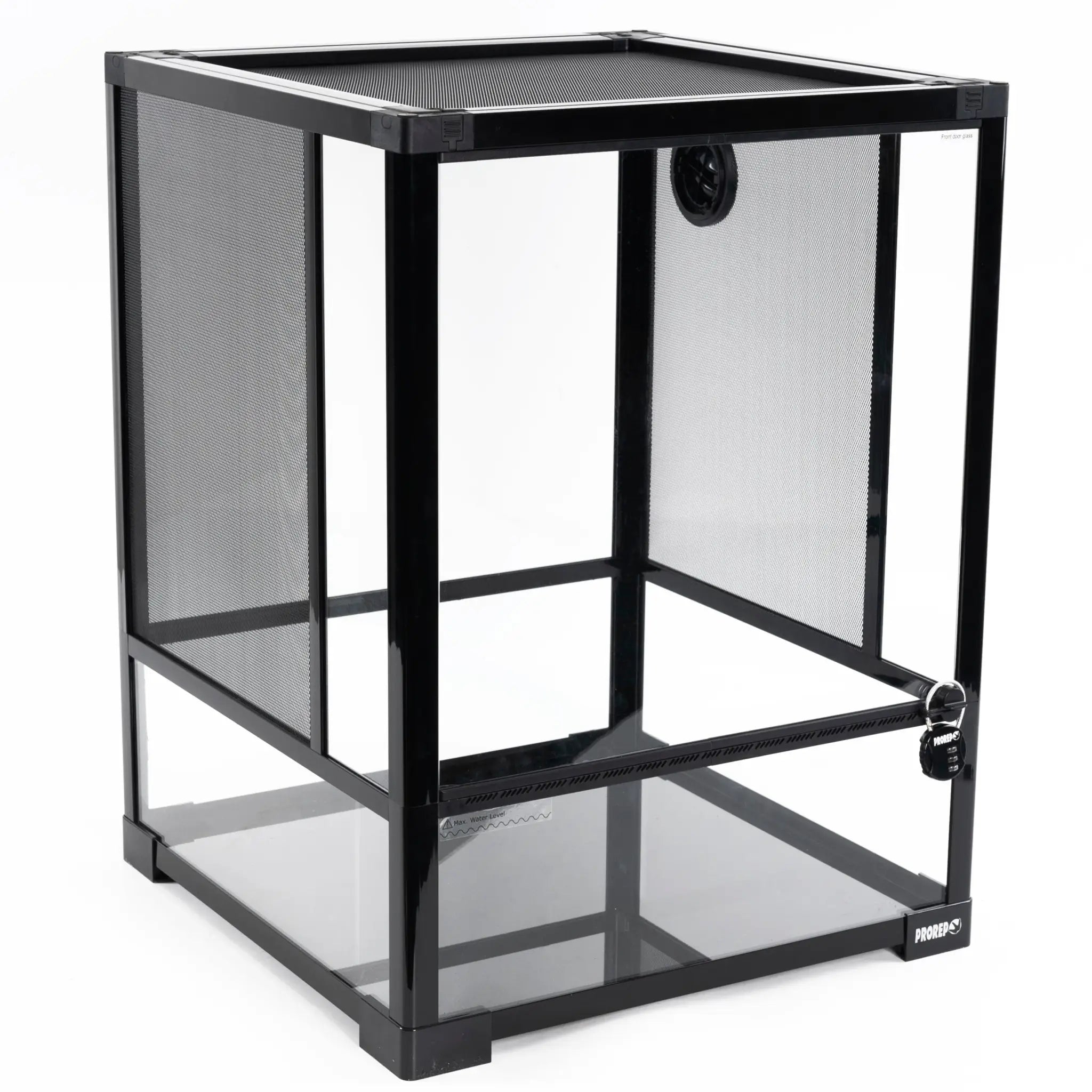
How to Incubate Reptile Eggs Using HatchRite
by Gary Rolfe on in Guides
1. Open pre-measured bag of HatchRite and put it into the incubation container. HatchRite material should clump together slightly and should fill the container to approximately 75% full.
2. Place eggs into the incubation container. Nestle them about halfway deep into the HatchRite. Place them in the position in which you found them. It is not recommended to rotate reptile eggs while they are incubating as it can cause the death of the embryo
3. Place the lid on the egg container. Be certain that your eggs do not come in contact with the lid on your container. Water condensation during the incubation process will collect on the lid and could be absorbed by the eggs if they come into contact with the lid. Note that your eggs will also swell as they develop and this too could cause them to come into contact with the lid. You should keep your eggs away from the sides of the chamber as well for the same reason.
4. Monitor your eggs whilst in the incubator. Open and inspect the egg container box once a week. This will allow for air exchange and give you an opportunity to check on the condition and health of the eggs. Dead or infertile eggs will typically discolour and begin to mould over in time. Live eggs generally retard mould growth. Moulding eggs are best removed unless they are attached in the middle of a mass of connected eggs. In a connected group of eggs, bad eggs should be left as not to risk damaging the other eggs.
5. Your eggs should remain full and robust throughout most of their incubation. It is not uncommon for some types of reptile eggs to sink in just prior (up to seven days before) to hatching. This is normal for some species. If your eggs start sinking in prior to 14 days before your projected hatch date it is typically a sign of dehydration. If this occurs simply open your egg incubation container and add a small amount of water into the corner of the container. The water will redistribute itself throughout the HatchRite medium. Be careful not to add too much water as this can drown the eggs. It is recommended to add small amounts over time to bring the moisture level back up rather than a large amount at one time. Do not spray or pour water directly onto the eggs.
6. On hatch day, remove your new babies from the egg container. Congratulations!
2. Place eggs into the incubation container. Nestle them about halfway deep into the HatchRite. Place them in the position in which you found them. It is not recommended to rotate reptile eggs while they are incubating as it can cause the death of the embryo
3. Place the lid on the egg container. Be certain that your eggs do not come in contact with the lid on your container. Water condensation during the incubation process will collect on the lid and could be absorbed by the eggs if they come into contact with the lid. Note that your eggs will also swell as they develop and this too could cause them to come into contact with the lid. You should keep your eggs away from the sides of the chamber as well for the same reason.
4. Monitor your eggs whilst in the incubator. Open and inspect the egg container box once a week. This will allow for air exchange and give you an opportunity to check on the condition and health of the eggs. Dead or infertile eggs will typically discolour and begin to mould over in time. Live eggs generally retard mould growth. Moulding eggs are best removed unless they are attached in the middle of a mass of connected eggs. In a connected group of eggs, bad eggs should be left as not to risk damaging the other eggs.
5. Your eggs should remain full and robust throughout most of their incubation. It is not uncommon for some types of reptile eggs to sink in just prior (up to seven days before) to hatching. This is normal for some species. If your eggs start sinking in prior to 14 days before your projected hatch date it is typically a sign of dehydration. If this occurs simply open your egg incubation container and add a small amount of water into the corner of the container. The water will redistribute itself throughout the HatchRite medium. Be careful not to add too much water as this can drown the eggs. It is recommended to add small amounts over time to bring the moisture level back up rather than a large amount at one time. Do not spray or pour water directly onto the eggs.
6. On hatch day, remove your new babies from the egg container. Congratulations!






